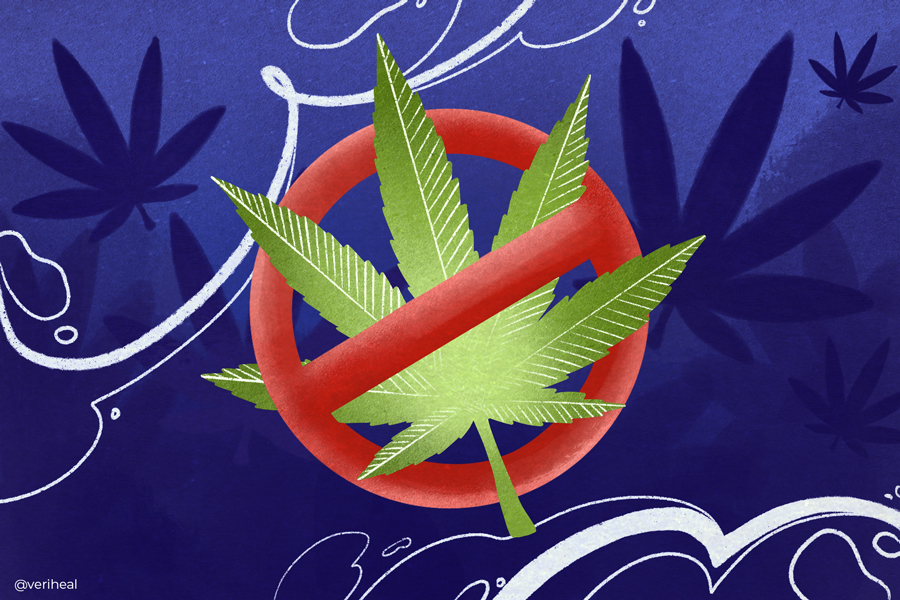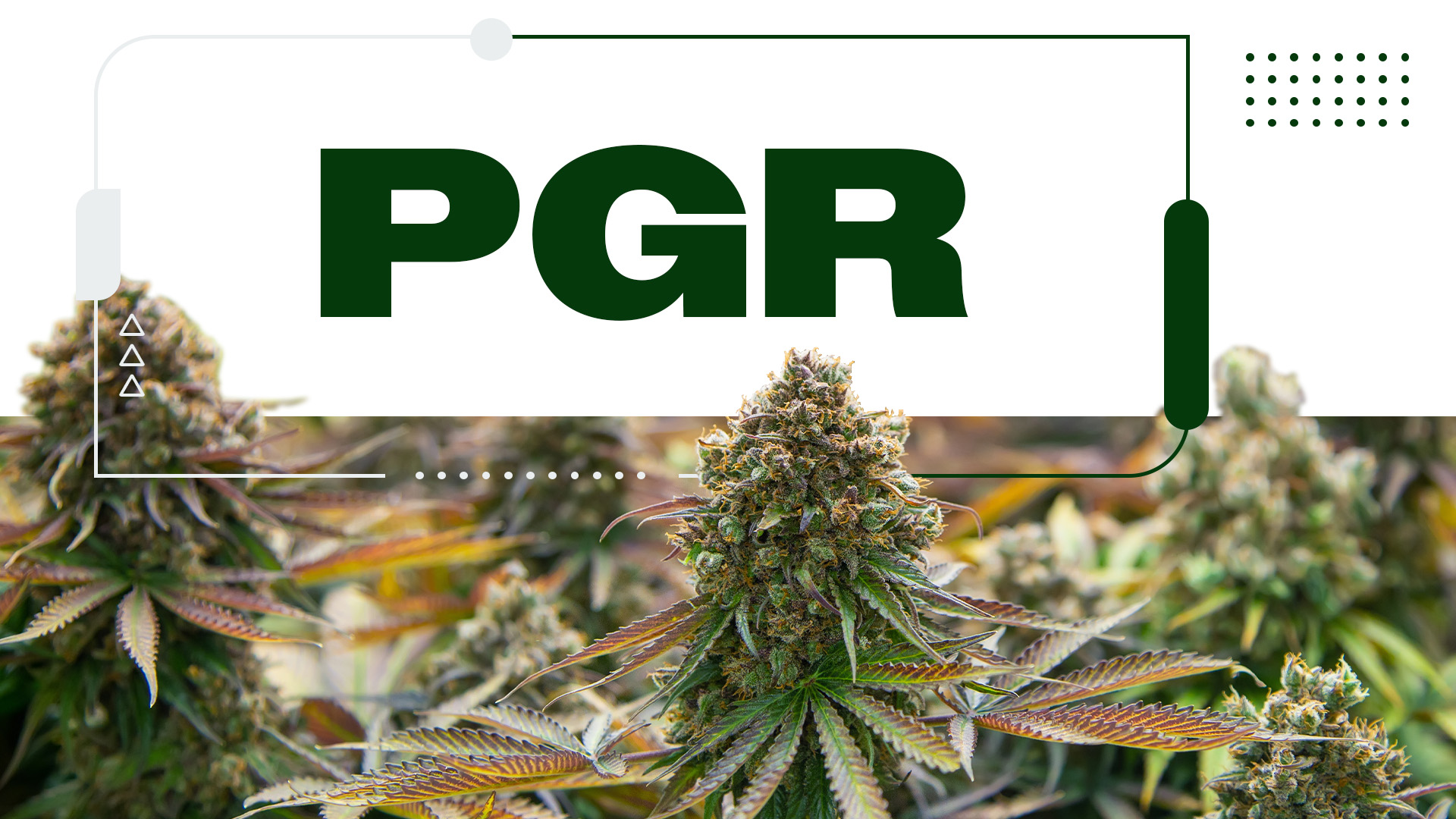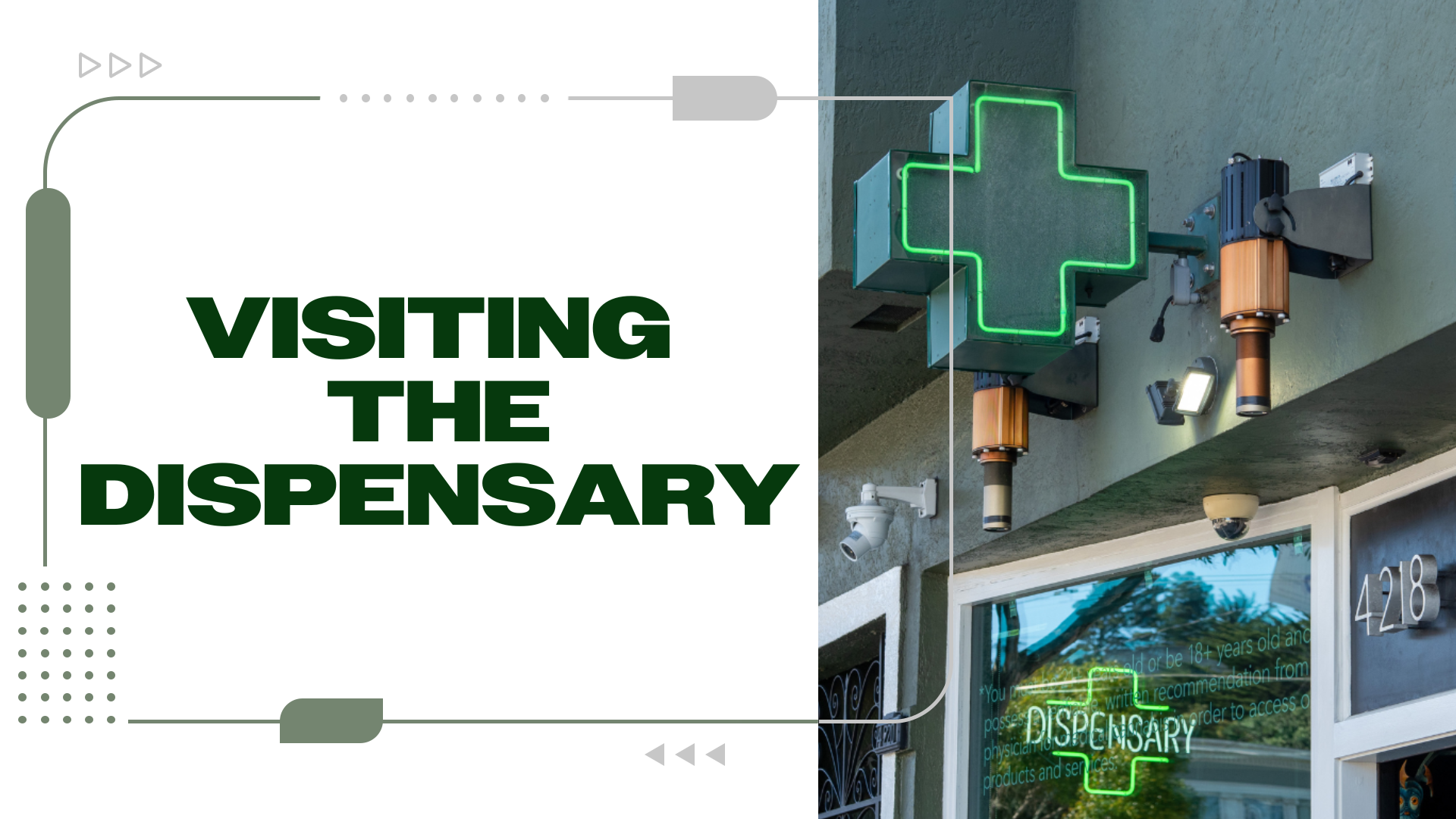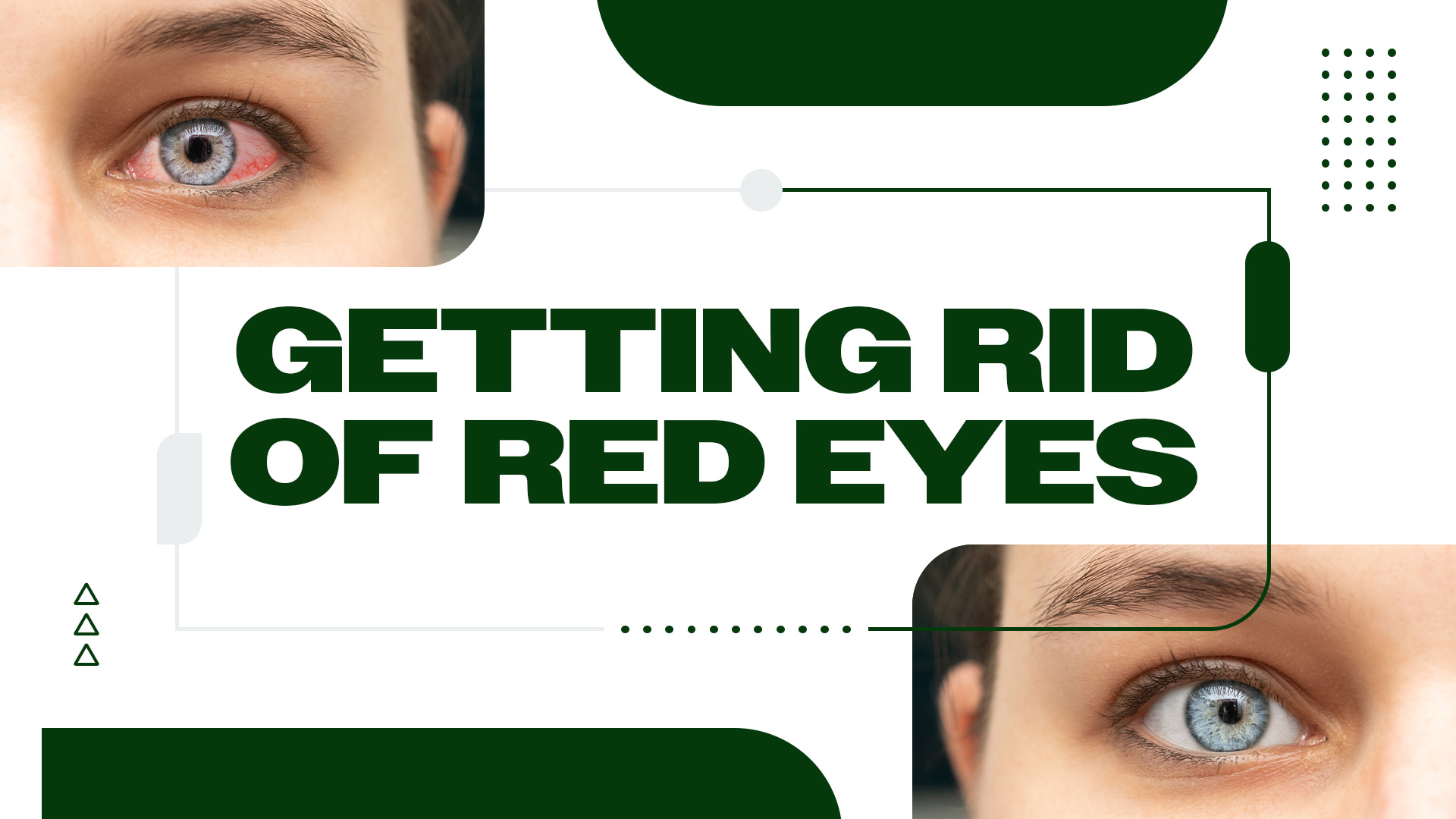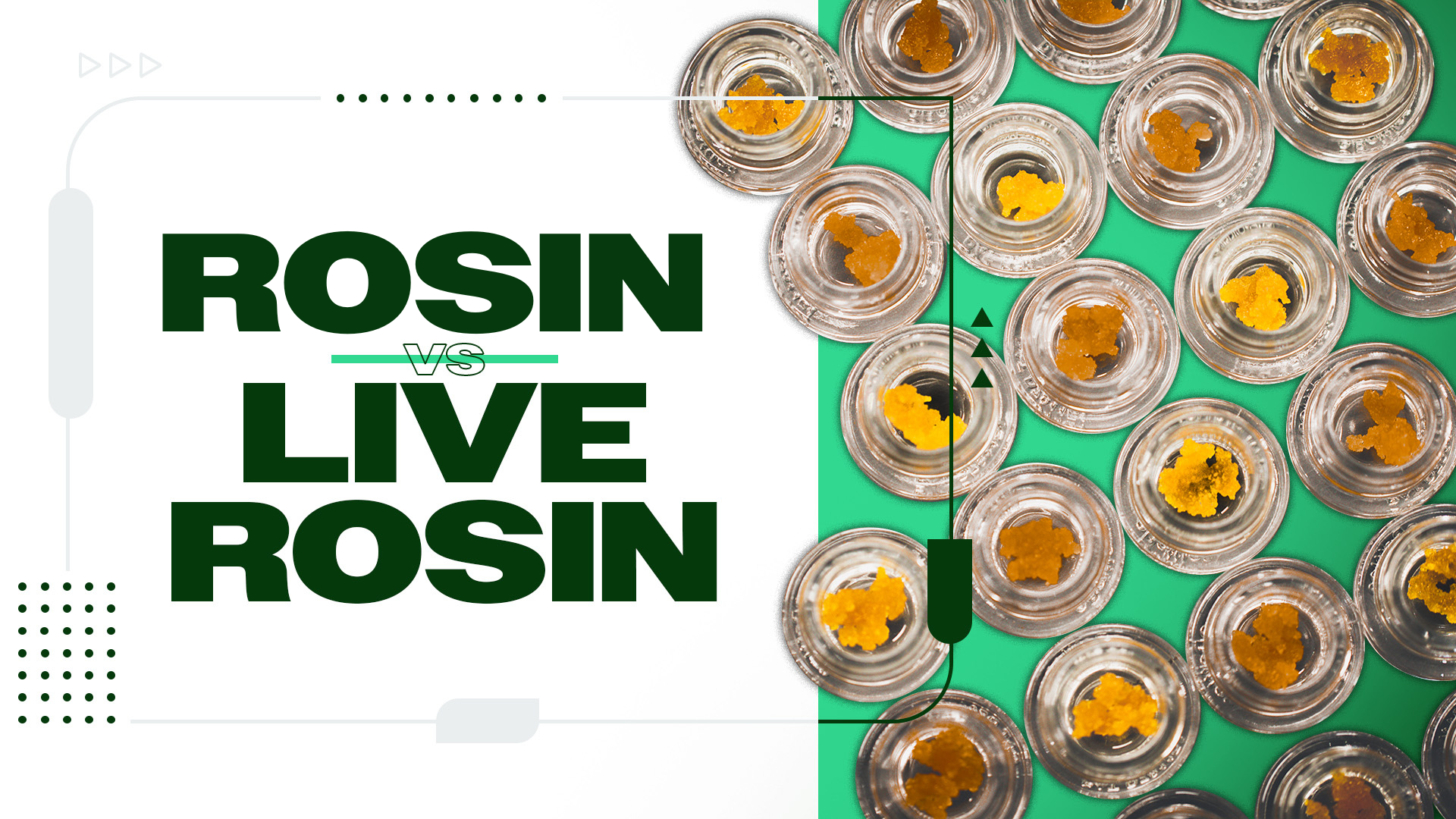“More research is needed”. How many times have we heard this worn-out line from elected representatives when it comes to cannabis legalization? It often seems like representatives speak for private interests and personal agendas than they represent the constituents that elected them. NORML’s Deputy Director Paul Armentano told the media,
“Despite claims by some that marijuana has yet to be subject to adequate scientific scrutiny, scientists’ interest in studying cannabis has increased exponentially in recent years, as has our understanding of the plant, its active constituents, their mechanisms of action, and their effects on both the user and upon society. It is time for politicians and others to stop assessing cannabis through the lens of ‘what we don’t know’ and instead start engaging in evidence-based discussions about marijuana and marijuana reform policies that are indicative of all that we do know.”
These words are perfectly chosen. Why is cannabis illegal? Why does the U.S. Federal government list cannabis as a Schedule 1 drug? The short answer is that the federal government says so. The long answer is because of industry, power, corruption, greed, and profit. Alcohol, tobacco, pharma, private prisons, police unions, media, agriculture, fashion, etc. have all contributed to supporting cannabis prohibition in one way or another as well.
It’s no secret that the success of a political campaign can be determined by its funding. It often seems like having the right backers will help anyone score a position in political office. Just look at New York Congressman, George Santos, for example. Granted, not all politicians are like him. There are those that truly listen to and represent the will of the people albeit being few and far between it feels. Seriously though, the US federal government has been beating around the cannabis bush since marijuana prohibition kicked off in 1937 with the signing of the MJ Tax Act.
Wait, What Happened to Marijuana?
The federal government lists marijuana as a Schedule 1 drug. The Drug Enforcement Agency website defines a Schedule 1 drug saying, “Schedule I drugs, substances, or chemicals are defined as drugs with no currently accepted medical use and a high potential for abuse. Some examples of Schedule I drugs are: heroin, lysergic acid diethylamide (LSD), marijuana (cannabis), 3,4 methylenedioxymethamphetamine (ecstasy), methaqualone, and peyote.”
To still enforce and support these draconian thoughts today despite there being research, begs the question of how misinformed the government must be. And if not misinformed, perhaps it reinforces an agenda. To me, that agenda was the attempted eradication of a plant called cannabis, suppression of knowledge about this amazing plant, and the mass incarceration of anyone who supported it, through a campaign called The War on Drugs.
According to information sourced on Brittanica’s ProCon.org, “By 1850, marijuana had made its way into the United States Pharmacopeia [an official public standards-setting authority for all prescription and over-the counter medicines], which listed marijuana as treatment for numerous afflictions, including: neuralgia, tetanus, typhus, cholera, rabies, dysentery, alcoholism, opiate addiction, anthrax, leprosy, incontinence, gout, convulsive disorders, tonsillitis, insanity, excessive menstrual bleeding, and uterine bleeding, among others. Patented marijuana tinctures were sold.”
Why You Should Get Your Medical Marijuana Card
Veriheal has satisfied millions of patients nationwide by giving them access to these benefits
- Larger purchase limits
- Peace of mind
- Enhanced legal protection
- Access to higher potency strains
- Save up to 25% on cannabis purchases
- Skip the line at the dispensary
Suddenly marijuana prohibition hit and medical professionals were wrong? The NIH website says, “Subsequent to the act of 1937, cannabis was dropped from the United States Pharmacopoeia in 1942, with legal penalties for possession increasing in 1951 and 1956 with the enactment of the Boggs and Narcotic Control Acts, respectively, and prohibition under federal law occurring with the Controlled Substances Act of 1970.”
It goes without saying that all politicians who want to be informed about cannabis should really research cannabis on the National Institutes of Health website.
The NIH Has Thousands of Studies on Cannabis, Yet It’s Still Illegal
Mulder from the X-Files said, “The truth is out there” and Scully reminded us, “So are the lies.” When we look at how the federal government has handled cannabis, we see a web of lies and layers of dirt covering the truth about cannabis. What once was a powerful medicine, part of pharmacopeias around the world, including the U.S. Pharmacopeia, was suddenly all wrong? It seems more likely, that politicians were wrong over countless medical professionals and researchers. Thankfully, the medical community isn’t being quiet about cannabis anymore. The NIH has a plethora of information about cannabis and is always looking for more. Currently, the NIH is calling on researchers via a webpage titled, “Supported Research on Cannabis, Cannabinoids, and Related Compounds”.
The site states, “Specific topics of interest vary among Institutes, Centers, and Offices, but overall the research portfolio includes studies investigating the whole or parts of the Cannabis sativa plant, cannabis extracts or enriched extracts, cannabinoid compounds extracted and derived from cannabis extracts, non-cannabinoid constituents of cannabis, synthetic cannabinoids, and the components of the endocannabinoid system (the signaling pathways in the body activated by cannabinoids).”
To give you a little more perspective on the research, it’s divided into three categories with numerous opportunities for grants and funding for cannabis-related research. Here are the three categories and some examples of the research being conducted.
Cannabinoid Research
- Role of cannabinoid receptor 1 in lung injury and resolution
- ICAL: Impact of Cannabinoids Across Lifespan: Analytical Core
- Cannabis Legalization: Assessing its Impact on Treatment for Substance Use Disorders
Cannabidiol Research
- Cannabis, HIV, and Mental Processing Systems (CHAMPS)
- Beta-caryophyllene (BCP) and cannabidiol (CBD) combination: HIV-1 chronic neuropathic pain
- Novel approaches to understanding the role of cannabinoids and inflammation in anxiety
Therapeutic Cannabinoid Research
- Cannabinoid Effects on Sleep and Pain Mechanisms in Osteoarthritis of the Knee
- Effects of cannabidiol in alcohol use disorder-Resubmission-1
- Mechanisms of cannabidiol in persons with MS: the role of sleep and pain phenotype
In this year alone, researchers published over 4,300 studies on cannabis. Since 2010, there have been more than 30,000 peer-reviewed studies on cannabis. Last but not least, you can find over 42,500 scientific papers on the search term, marijuana, at PubMed.gov. In the opinion of this writer, more research isn’t needed. Politicians that can read and aren’t owned by private special interest groups or driven by private agendas, that represent the will of the nation are what is needed.
Author, Share & Comments










